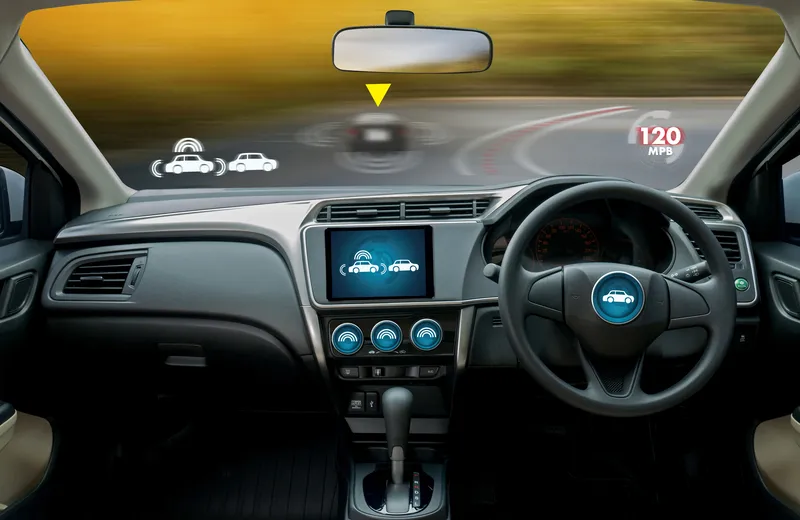
The US Department of Transportation’s National Highway Traffic Safety Administration (NHTSA) is seeking public comment on the potential development of automated driving system (ADS) safety principles.
Current US secretary of transportation Elaine L. Chao says: “This rulemaking will help address legitimate public concerns about safety, security and privacy without hampering innovation in the development of automated driving systems.”
Comments close next month, around the time that Chao's tenure is due to end, with Pete Buttigieg the Democrat pick to replace her.
The NHTSA says that while the widescale deployment of advanced driver assistance systems equipped vehicles is likely years away, it has identified elements of a framework necessary for objectively defining and assessing ADS competence.
This advance notice of proposed rulemaking (ANPRM) seeks public comment on these elements and how they could most appropriately form a framework that provides for motor vehicle safety while also providing flexibility to develop more effective safety technology.
“ADS technologies are different from more conventional automotive equipment, and it is necessary and appropriate to consider how ADS standards can and should be articulated," saya NHTSA deputy administrator James Owens.
"The framework of principles would objectively define, assess, and manage the safety of ADS, while ensuring the flexibility to enable further innovation. NHTSA seeks feedback on the approaches described in the ANPRM.”










